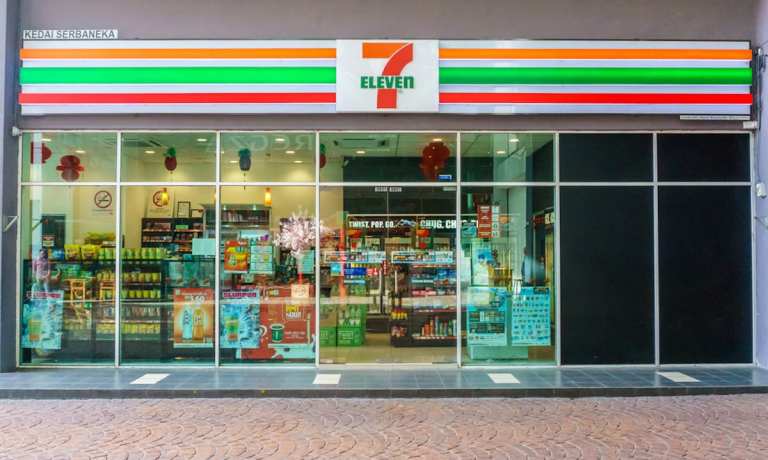
Instacart announced on Friday (May 21) that it has expanded its collaboration with 7-Eleven to nearly 4,000 new stores around the country. This expansion means the online grocery platform now delivers from almost 6,000 7-Eleven locations around the nation, reaching almost 60 million households.
“To make it easier for customers to instantly connect to their favorite convenience retailer and get the goods they need, customers also now have access to 7-Eleven delivery via Instacart in as fast as 30 minutes,” Instacart said in a news release. “Today, consumers nationwide can choose from thousands of essential products from 7-Eleven — including pantry staples, household items, alcohol, snacks, over-the-counter medication and more — to be delivered from the store to their door.”
The announcement means 7-Eleven delivery is available for Instacart customers in 33 states and the District of Columbia. Seven of those states — as well as D.C. — allow customers to order alcohol from 7-Eleven through Instacart, although the two companies hope to add more states to that list in the coming months.
Instacart, which initially earned recognition delivering groceries from major supermarket chains, entered the convenience store sector last year with its deal with 7-Eleven. The initial arrangement had it making deliveries to 750 stores, although the two companies have said they plan to ultimately include more than 7,000 locations.
“As more people turn to Instacart to help put food on their tables, we’ve seen customer demand for convenience retailers increase over the last year, with convenience orders on Instacart up by more than 350 percent since last August,” said Chris Rogers, vice president of retail for Instacart. “To meet this growing demand, we’re proud to expand with 7-Eleven to nearly 6,000 stores, and give customers across the country access to thousands of essential goods they can now have delivered, often in as fast as 30 minutes.”
The announcement comes at a time when food delivery services have begun to branch out to deliver everyday goods. For more on this phenomenon, read PYMNTS’ report from last month.